If Spain is known for anything, it’s tapas. Tapas restaurants and bars have long been integrated into European and colonial Spanish countries; but, are a somewhat new-ish concept for North America. That said, they are rapidly making their way across North America and it’s not uncommon to find Spanish tapas in most major cities (though I’ve discovered that in Vancouver, tapas means large plates of Lebanese or Greek food).
In a nutshell, tapas are a series of small dishes that can be combined to make a meal. In Spain, they can range from simple potatoes to elegant combinations fit for a cooking show. Some are cold (like Iberian ham or cheese on bread) and others hot (like sausage or garlic shrimp).
In a lot of ways, the food/tapas are designed to be small enough to not detract from personal interactions but meant to draw people to a bar. Bars that serve really good tapas get a lot of patrons who drink a lot of alcohol. Many of these tapas are free.
When we first arrived in Granada, we would sit down at a table in a bar and tapas would arrive at the table immediately (without having ordered anything). We’d order drinks — and more tapas would come periodically. At the very least, olives and bread come with every sit-down. More can be ordered if desired.
The word tapa in Spanish means cover/lid. The commonly held theory is that tapas evolved from the practice of putting a piece of bread over your drink glass to keep the flies out. Meat was later added, and eventually, the food evolved into the elegant dishes you see today.
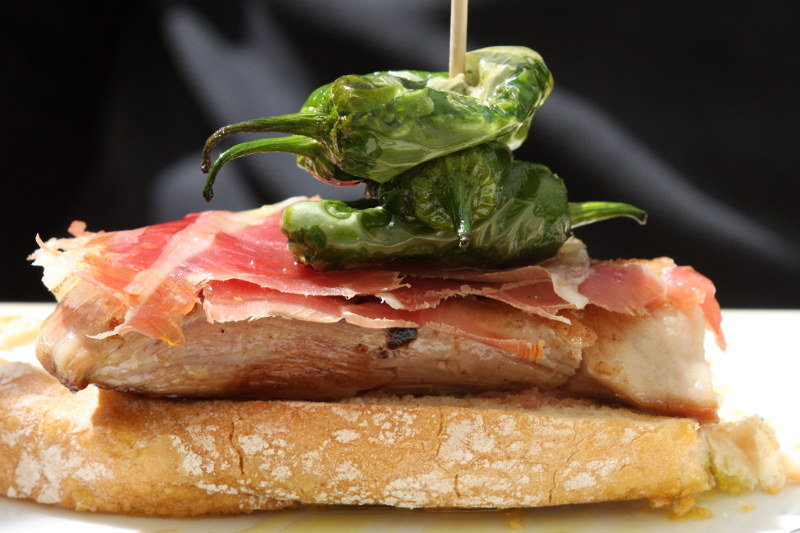
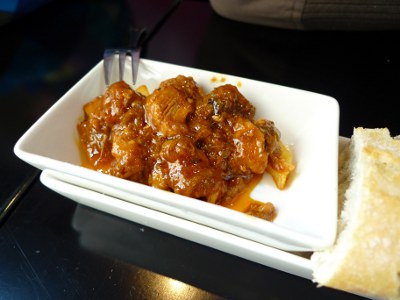
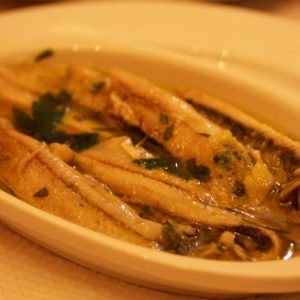
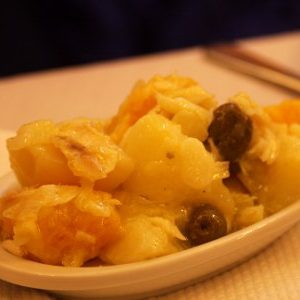
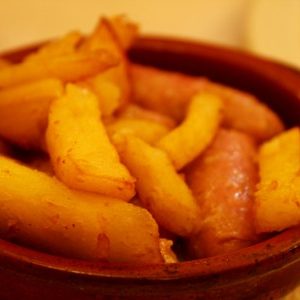
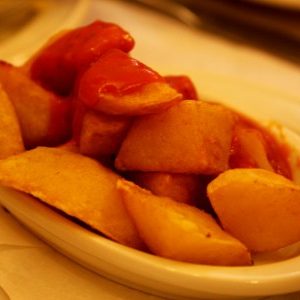
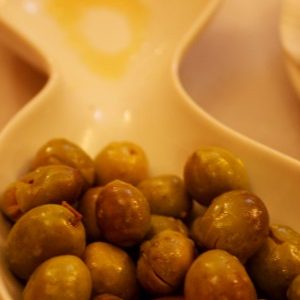
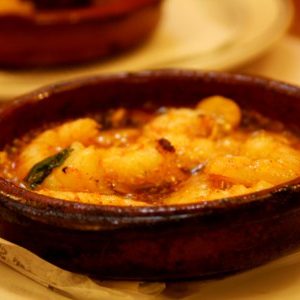
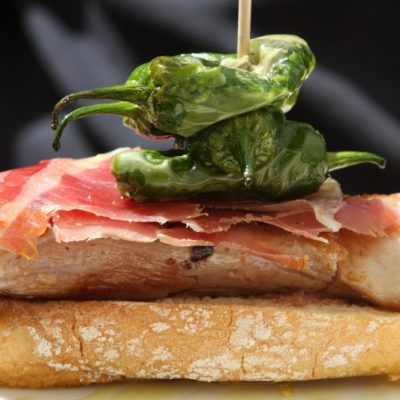
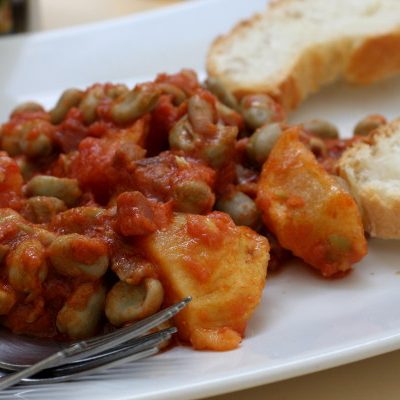
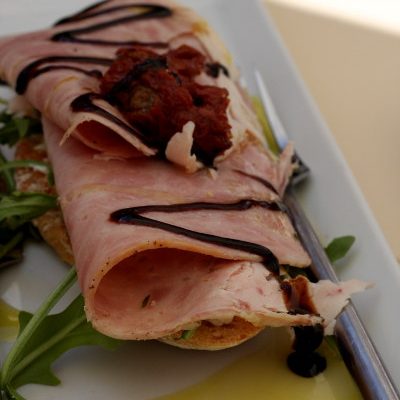
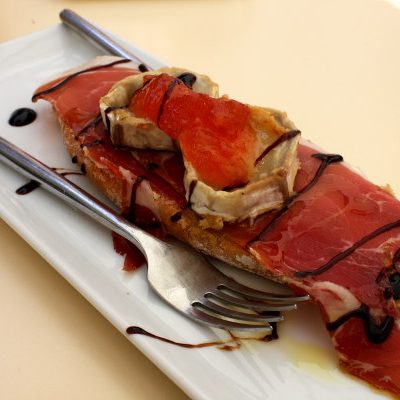
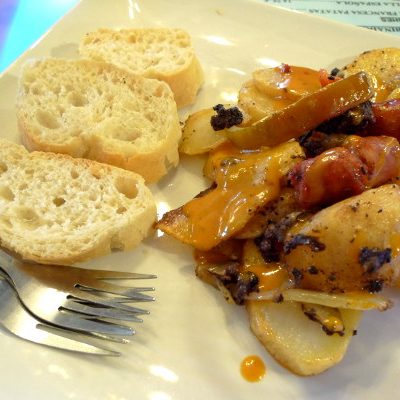
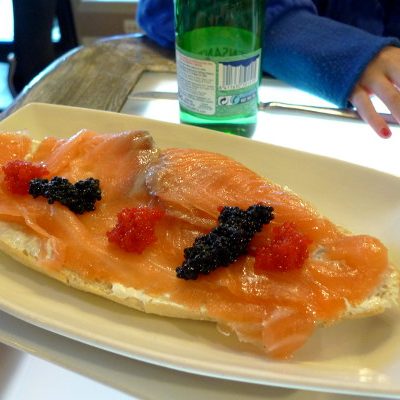
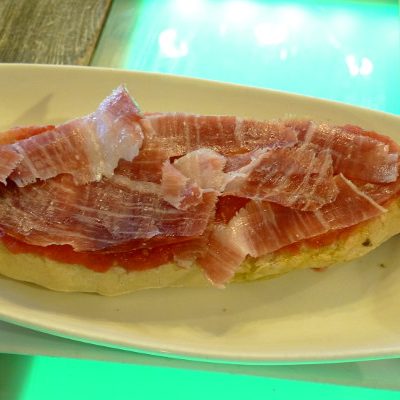
No beer nuts or pickled eggs, eh. I see fries and painted fingernails.